Because we like cold, safe food while traveling and I like writing about technical things, I decided to do a brief summary of technology and pros/cons of the different portable refrigeration technologies.
Coolers
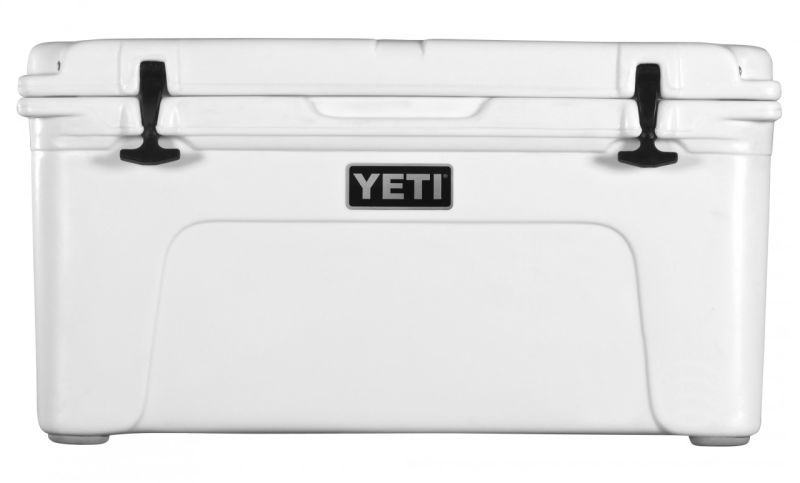
Lets start with the obvious - a cooler is not a fridge. Less obvious, but probably still well know - Coolers suck. You could argue that the new rotary molder coolers are stronger, better insulating and more cooler than ever before...but they still suck.
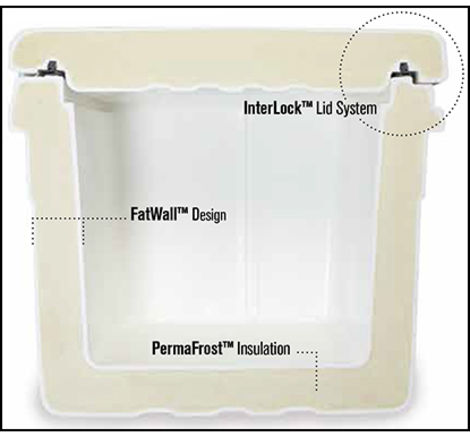
Technology summary - Insulation only, reduce the amount of heat energy transfer through the use of air voids and foams. Newer more expensive coolers use thicker foams and rotary molded cases that are super durable but the core technology is still the same - keep the heat out like a castle wall.
Best for - Family picnics, overnighters, keeping lots of beverages cold
Pros: Cheap(er), um...also inexpensive.
Cons: They don’t f’ing work, requires ice, ice reduces volume, poor food access, they can also get quite expensive.
draw: Lots of ice.
Cost: $ - $$$
Now, coolers are fine for short outing but no matter what the technology they are manufactured with all coolers operate on the same principle; delay the time it takes before your food becomes unsafe while simultaneously making it moist with gross water. The problem is that while ice is plenty cold for keeping most foods safe (40 or cooler) the ice has to be in direct contact with the food to ensure temperatures close to safe. Depending on the configuration, there is enough temperature variability in the compartment that ensuring all your food stays below 40 degrees for any amount of time is trick.
Manufactures of coolers love to boast about “ice keeping ability...”Our cooler gives you 90 hours of ice keeping!”... but I don’t care about keeping ice, I care about food. Ice is constantly loosing a battle with heat and so you loose cooling capacity the more time goes on; The solution would be to add more ice but that doesn’t work well in the field. They also have abysmal energy recovery, so opening the door to get something requires ages for the compartment to normalize again which means that your ice melts faster and your food that’s not in direct contact with the ice could creep above a safe temp for too long. The solution is to have the cooler stuffed with ice, which makes food access tricky which means the lid is open even longer digging for what you want. Another often overlooked issues that the coolant (ice) takes up space. When I rented a 50 qt fridge for the first time I thought there was no way I was going to fit everything in there that i needed, based on my experience with a 65 cooler, but to my surprise I had more than enough room, because I actually had 50 quarts to work with instead of half of 65. Expect a soggy mess of cold water and spoiled food in 3 days.
NOTE: I know that there are people making coolers work for them and that there are solutions to the ice temp issue (dry ice/engineered cool packs, etc) but even the most optimistic cooler pros would admit that 3-4 days is the maximum cooler endurance without ice resupply and that you would need to readjust your food to be more temperature tolerant/waterproof. After 2 days in an air conditioned car my cooler still killed 2 lbs of bacon and so for me, a cooler will never go on a trip lasting more than 2 days again.
Thermometric (Peltier Cycle)
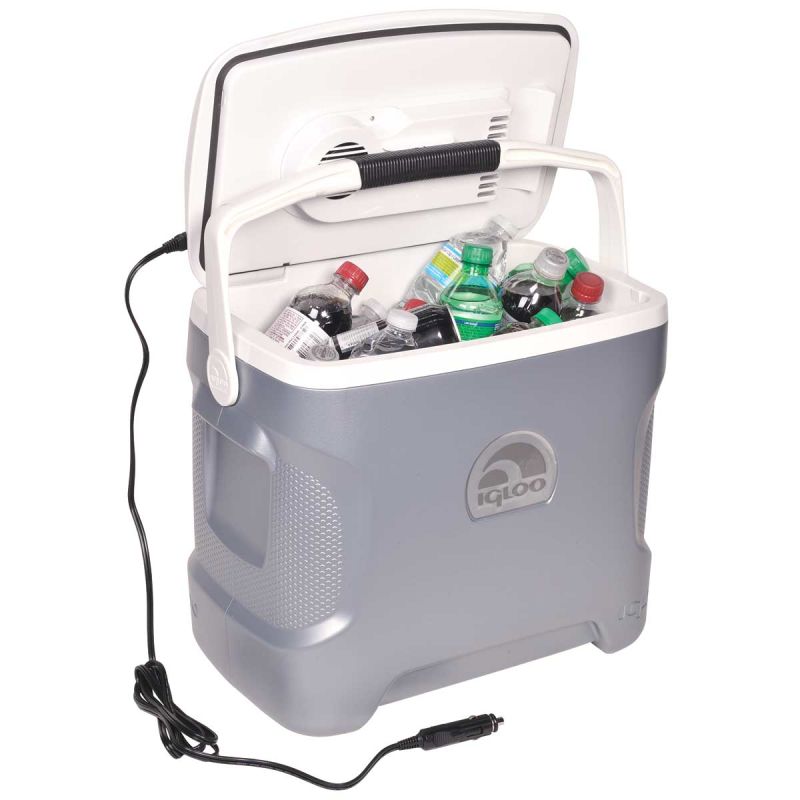
These are often called “iceless coolers” because they are built like cheap coolers but feature an active cooling element. They are MUCH cheaper than the next 2 fridges on the list and as such are often a temptation to people like me who see them on the shelf at the local Sportsmart...i mean I know its not an ARB, but for how cheap it is I don’t really care if it breaks eventually so long as it works. The box says it will chill to 36 bellow ambient, so If I keep the car at 75 that’s, oh 39, perfect! Only...no.
Technology summary - Basically the principle is that you can put a series of special diodes between 2 metal plates and run a current through it it will transfer heat from one side of the plate to the other, cooling one side and heating the other, or vise-versa. Its a very interesting technology but also massively energy inefficient. Wikipedia sums it up nicely “these are often used where the benefit of solid state significantly outweighs the efficiency shortcomings.”
Best for - Keeping a few drinks cold, keeping a bag of fast food hot, taking up space.
Pros: Inexpensive, they don’t require ice, they will chill bellow ambient, very quiet (fan noise only), robust without care to vibration/orientation.
Cons: They will not keep food at a safe temperature, most wont accept ice, more costly than a cheap cooler
Draw: 4-5 amps dc constant. Typical car battery drain in 12-24 hours if left on full time
Cost: $ - $$
Its a great idea because it has no moving parts (aside from a circulation fan) and is very robust, but...its also a VERY inefficient cycle, something on the order of 3-4 times less energy efficient that a vapor compression cycle (household fridge). At 4-5 amps draw at 13.2 Volts that’s only 50-60 watts of power. Think about is this way, an incandescent lightbulb is more efficient at turning that 60 watts into heat than a TE cooler is at turning it into cold. If you AC your car to 70 then you could expect to have 6 nicely chilled drinks but don’t put your safety on the line with regards to food spoilage with these. Expect 20-30 degrees bellow ambient.
Absorption Cycle

These are less commonly used as portable fridges but at almost certainly what you will see installed in an RV or camp trailer. They are typically called 2 or 3 way fridges owing to the fact that you can run them on 12 DC, 120 AC or a gas, typically propane.
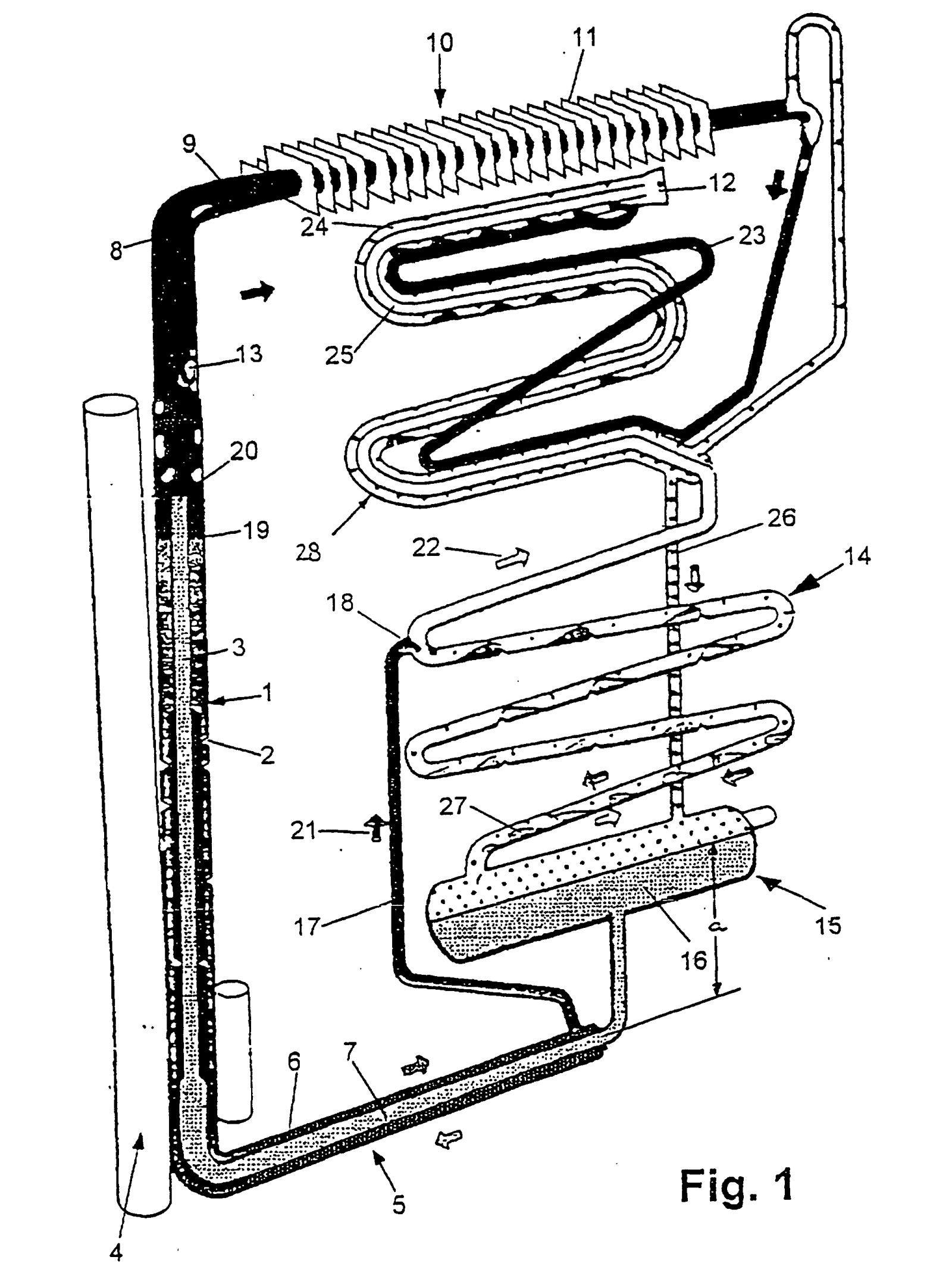
Technology summary - A refrigerant fluid (anhydrous ammonia) is heated and the ammonia is converted to vapor and sent through convection past at large cooling fin in the fridge compartment, it absorbs heat from the compartment and then is rejected at a condensor coil that reconstitutes as a liquid again and the cycle repeats.
Best for - Campers, long duration low movement situations, when large volume is needed.
Pros: Will freeze and stay frozen keeping food safe, large volume, energy efficient on gas or high voltage, quiet, time proven, very cheap compared to vapor compression, 110 volt for home use.
Cons: Very sensitive to orientation (must be level or within 30 degrees) and harsh vibration, requires ventilation on gas, anhydrous ammonia is highly flammable, poor efficiency on 12v.
Draw and protection - 8 amps DC, 2 Amps AC, 1 16.4 oz propane canister/day. Typical car battery drain in 7.5-14 hours on 12 volt.
Cost: $$ - $$$
These work, more or less, pretty well in RV’s but they don’t do well when its very hot. These are for the man who wants to get lost and then stay there for a few weeks. Low gas consumption and minimal noise make them perfect companions for enjoying the quite of the outdoors for long stints without moving base camp. Energy recovery speed is relatively poor so make sure you don’t have the door open for long as it could raise the compartment temperature above food safe for longer than is advised. Expect 70-90 degrees bellow ambient on a well vented and properly sized and installed system.
Vapor Compression cycle.
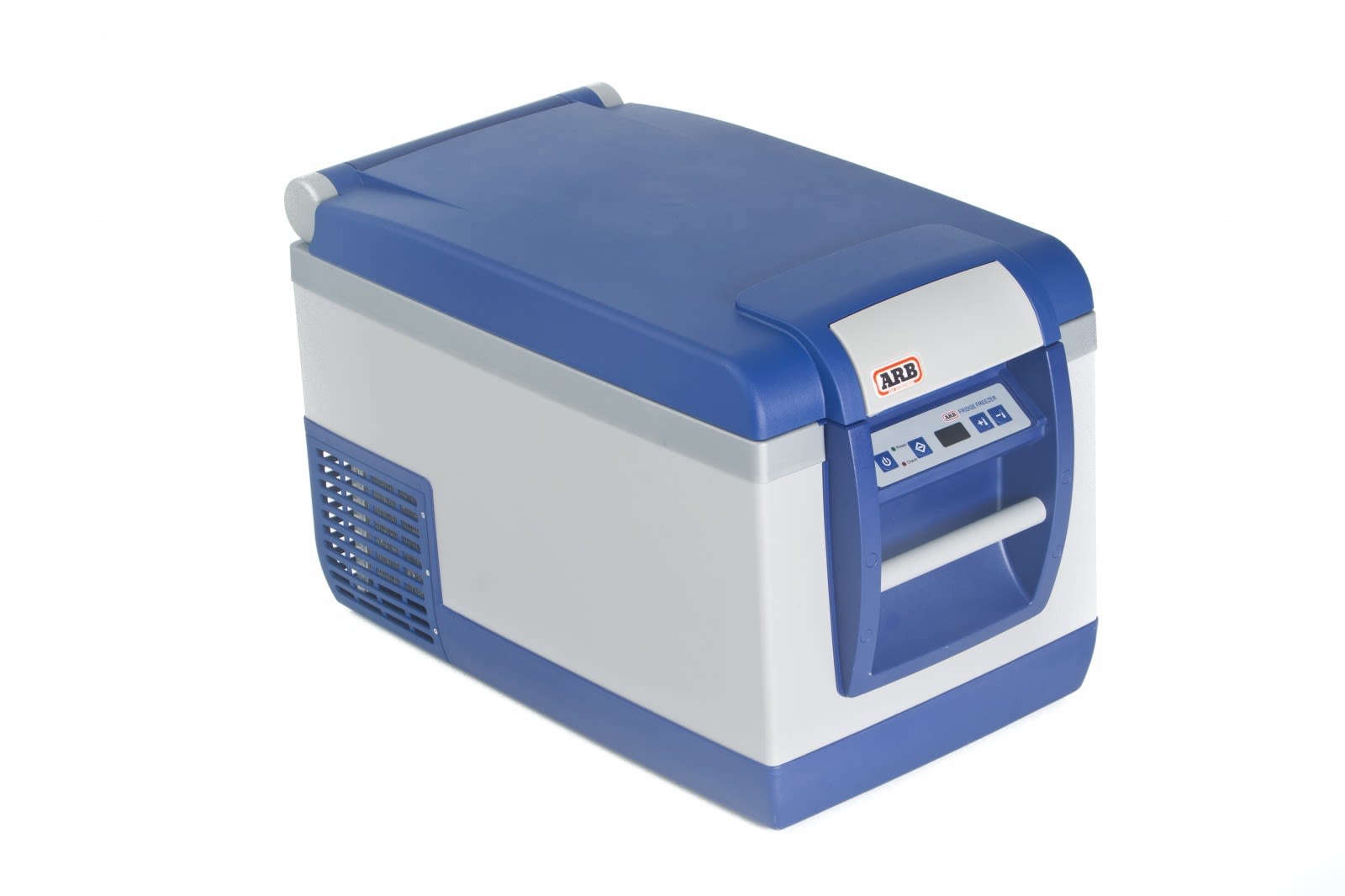
This is the one we all want, really. Brands like ARB, Engle, and National Luna spring to mind but they all work the same principle (and most the same parts) to work just like your home fridge
Best for - Extended remote stays where food safety is critical
Technology summary - Its similar in principle to the absorption cycle expect it uses forced compression for the cycle and adds an expansion valve to rapidly expand and cool the heat soaked refrigerant to aid in cooling the liquid refrigerant in the evaporator.
Pros: Will keep compartment frozen regardless of ambient temps, compact, energy efficient, relatively tough and reliable, many feature dual zone for fridge/freezer use.
Cons: Very expensive (more, even, than your home fridge), requires a constant source of 12 power, moderate power drain, 110 volt for home use
Draw: 1-3 amps
Cost: $$$ - $$$$
These are the best technology for the overlander, not only will these keep food safe they will keep it at 0 degrees all day everyday if you want but they will do it without complaint over harsh terrain. Relatively good energy recovery means that you can open it as needed without worry of food spoilage They are robust and have a reputation for being durable but good cripes are they expensive, they are also heavy and you don’t get as much volume for that weight. That having been said, if you travel off the grid for more than even a few days, these are worth their weight in gold. even though the draw is small they will draw fair amount of power over time and so if you sit still for a long time, these will eat into your batter and if you have it tied to a single battery system you could kill your battery. Most of these system have under-voltage protection to prevent that, however, but you will need a large battery and or solar charging if you don’t plan on moving around for a few days. Expect up to freezing performance anytime.
So there you have it, both my hate of coolers and my lust for a true compressor fridge and everything in between. Also, If you have tips for making coolers not suck, I would love to hear about them since I will be stuck with one for a while until I can save my pennies for a real fridge.